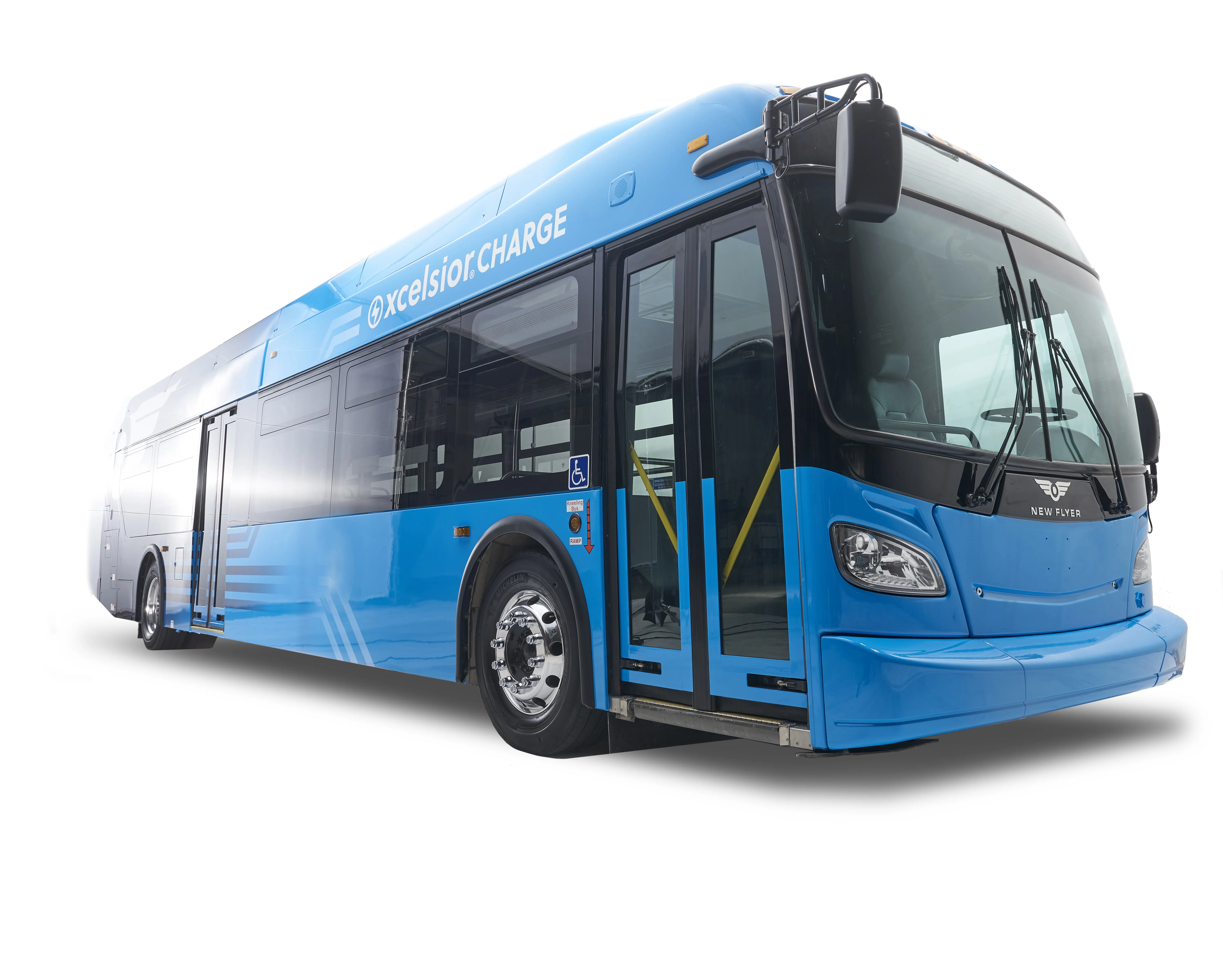U-blox has launched its next generation core positioning technology platform u-blox 7. Supporting all deployed as well as soon-to-be deployed Global Navigation Satellite Systems (GNSS), the platform is based on the UBX-G7020 multi-GNSS receiver IC which the company claims has the lowest power consumption on the market by at least a factor of three as compared to other standalone solutions.
August 30, 2012
Read time: 1 min
Supporting all deployed as well as soon-to-be deployed Global Navigation Satellite Systems (GNSS), the platform is based on the UBX-G7020 multi-GNSS receiver IC which the company claims has the lowest power consumption on the market by at least a factor of three as compared to other standalone solutions.
With only 7 mW power consumption during continuous navigation, u blox’ UBX-G7020 is perfect for small portable and power-sensitive devices requiring long battery life, high sensitivity, small size and fast positioning. US, Russian, Chinese, Japanese, and EU satellite positioning systems, plus all Satellite-Based Augmentation Systems (SBAS), are supported.










